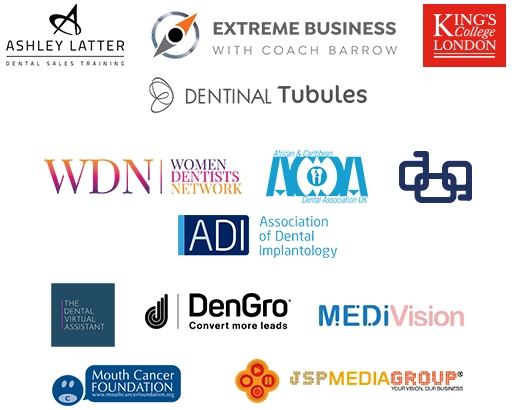At Dental Focus, we come from a family background in dentistry with 20+ years of experience designing bespoke and beautiful dental websites, and we specialise in dental marketing to help your practice thrive. We believe that you're either growing or you're dying and there is no plateau. That is why clients choose Dental Focus. We provide full Client Service Plans taking care of security, hosting, ongoing changes and support, and monthly fresh content creation to encourage growth month on month.
Dentists & Practices
Websites Launched
Top Google Rankings
At Dental Focus, we specialise in advanced dental marketing with over 20 years of expertise, dedicated to elevating dental practices. We design award-winning, innovative websites, ensuring top Google rankings through our focused SEO strategies. Our comprehensive services include professional online representation, active social media engagement, and effective paid advertising campaigns. Additionally, we excel in creating marketing strategies specifically tailored to attract ideal patients, addressing the latest trends in dentistry. Our approach is designed to cater to both new and established dental practices, aiming to enhance their online presence and patient acquisition.
Dental MarketingAt Dental Focus, we specialise in creating bespoke dental websites that effortlessly attract new patients and streamline practice operations. Our designs delve into the psychological journey of patients, providing clear, informative content about your services. With over two decades of experience, we ensure your website stands out in a competitive dental market, offering fully tailored, professional-looking designs that reflect your practice's ethos. Our comprehensive service includes in-house development, hosting, and professional guidance, ensuring your site remains updated and efficient. We also focus on strategies to enhance your online presence, driving traffic to your site and converting visitors into patients with practical features like online booking and animated treatment videos.
DENTAL WEBSITESAt Dental Focus, we offer specialised dental SEO services, leveraging over 20 years of experience to secure prominent online visibility. Our expertise has led to over 5,000 first-page Google rankings for dental practices, without relying on paid ads. We recognise the digital age's impact on patient searches, understanding that top Google rankings are crucial for attracting new patients and retaining existing ones. Our approach includes personalised SEO campaigns, keyword research tailored to your practice's treatments, and website optimisation. We aim to provide peace of mind, allowing dentists to focus on their practice while we handle their online marketing, leading to sustainable growth and increased revenue. Our case studies show how we have helped dentists receive a 10x ROI.
DENTAL SEO




































